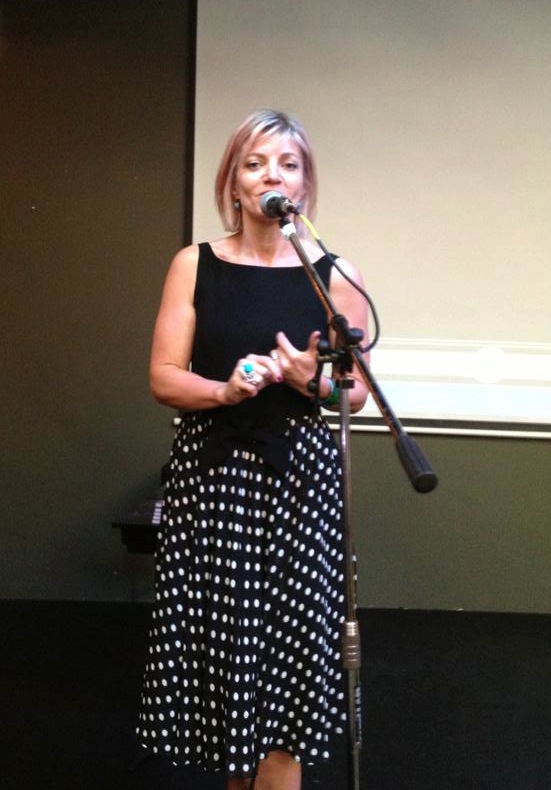Students as co-creators; who owns their voice?
Tuesday 11:00-12:30 (5), Blaydon/Gibbs
Type: Lightning talk
Theme: Students as users and co-creators
#oer14 #abs113Authors
Amanda Clayson, VoiceBox Inc, [email protected]Jacquie Johnston Lynch
Abstract
Introduction‘Back from the Brink’ (developed as part of the Community Learning Innovation Fund (CLIF) provides innovative informal community learning opportunities for people in recovery from substance misuse and other forms of recovery in the wider community in Liverpool. In particular, the project aimed to:
• Provide a safe and supportive environment for those in early recovery, to
engage in learning and progression opportunities;
• Develop a sustainable local infrastructure across treatment, recovery and education services to provide joined up, ‘co-created’ learning opportunities focused on re-integration, relapse prevention and assertive in-reach into wider progression opportunities
Methods
Co-creation underpinned all aspects design, delivery and assessment (formative and summative) with an explicit, tangible longer-term value for everyone. In relation to learning resources / assets, a key consideration (and motivator for participants) was the wider value the particular resource would have and how it could be used to benefit not only themselves, but the ‘recovery’ community in general. Learners (and tutors) were particularly drawn to use methods/formats that would:
• Provide practical support (to themselves) and also encourage and inspire
learners in ‘similar’ situations (e.g. the Eat Well short film)
• Lend themselves to being shared more widely- e.g. learners using their photo
journals to talk about their learning with others (deepening their learning and
widening the reach). A key factor on developing a sustainable local
infrastructure (building capacity for the use of informal learning within
treatment and early recovery)
A key output from the project was the ‘Back from the Brink’ DVD. This includes an extensive range of learner-generated material (photographs, video/audio footage) organised around ten ‘chapters’.
The impact of this has been particularly powerful for those taking part in the production and for the receiving 'audience' The specific method of film creation (via the VoiceBox) has provided a platform and environment for them to share openly with evidence of significant impact. This has raised fundamental questions around the implications of the process/outputs in relation to ownership, sharing and application of this user generated content.
Results
A) Our OERs are placed online - we were required to place Open Government License on them, The requirement to make it Copyright vested in the Crown became a matter of funder compliance and along with most other CLIF funded projects it slipped through the net. We have reflected on this and considered that if the copyright had been ours we would have the been in control of making it
B) The products of learning are now themselves learning resources and we are exploring ways of sharing these. We will stick to copyright staying with the learners and encourage a Creative Commons, Non commercial Attribution License
Discussion
Questions:
1. How can we be proactive in taking our material and encouraging others to adopt our model and credit us?
2. Are their value added services we could add for our own sustainability?
3. How can we keep our clients safe but still enable them to share their work?
Funding acknowledgements
Community Learning and Innovation Fund
Files
Recap recording
A recording of this presentation is available at https://campus.recap.ncl.ac.uk/Panopto/Pages/Viewer/Default.aspx?id=b1ec50a1-0161-dd3d-c0e4-d94cf276a359 ©VoiceBox Inc 2014 Amanda Clayson cc-by 4.0
Further details
Keywords: co-creation, ownership, sustainability, capacity
Ms Amanda Clayson, Founder/Executive producer- VoiceBox Inc, VoiceBox Inc
Twitter abstract: Students as co-creators exploring ownership, motivation and sustainability
